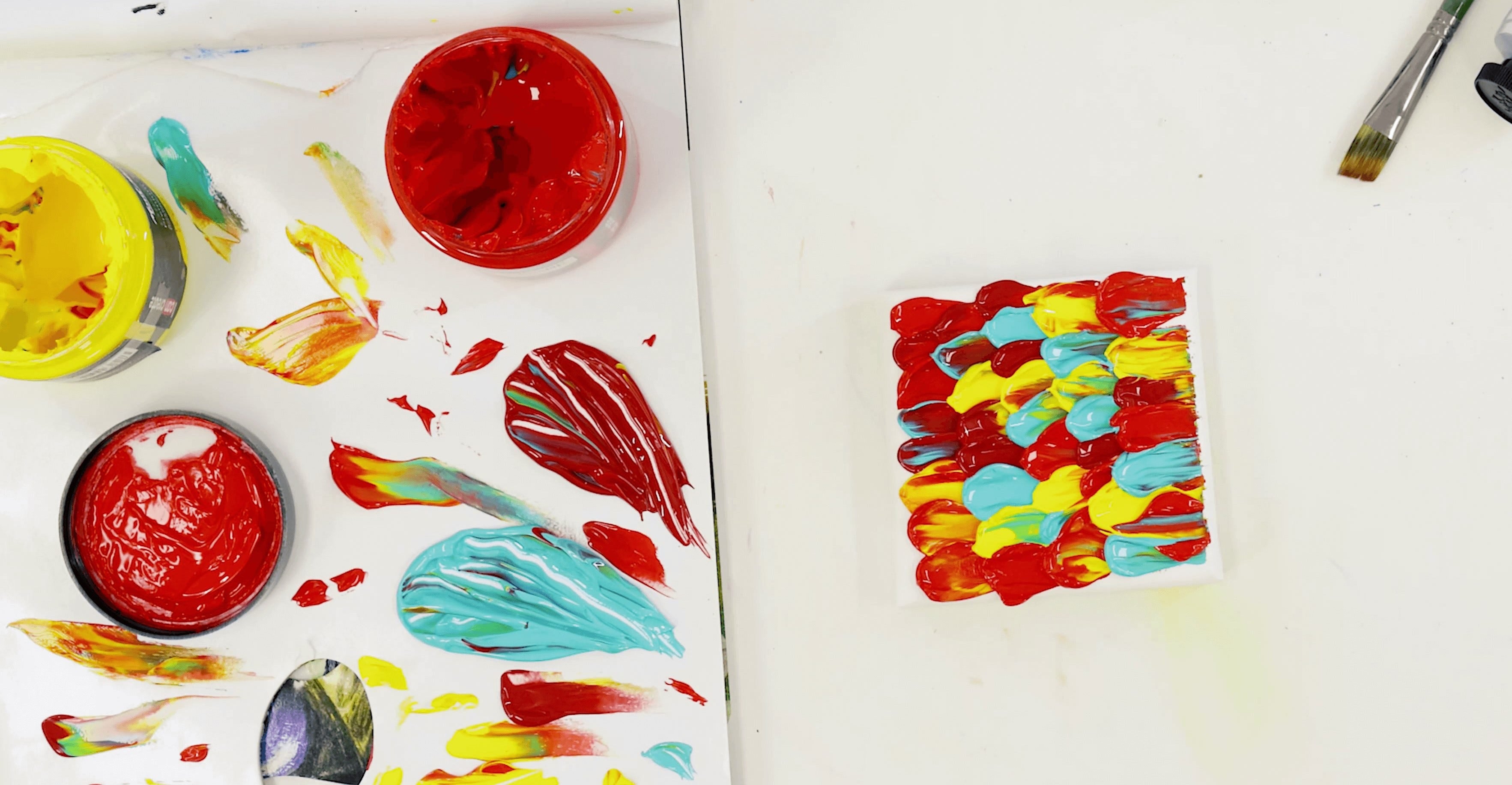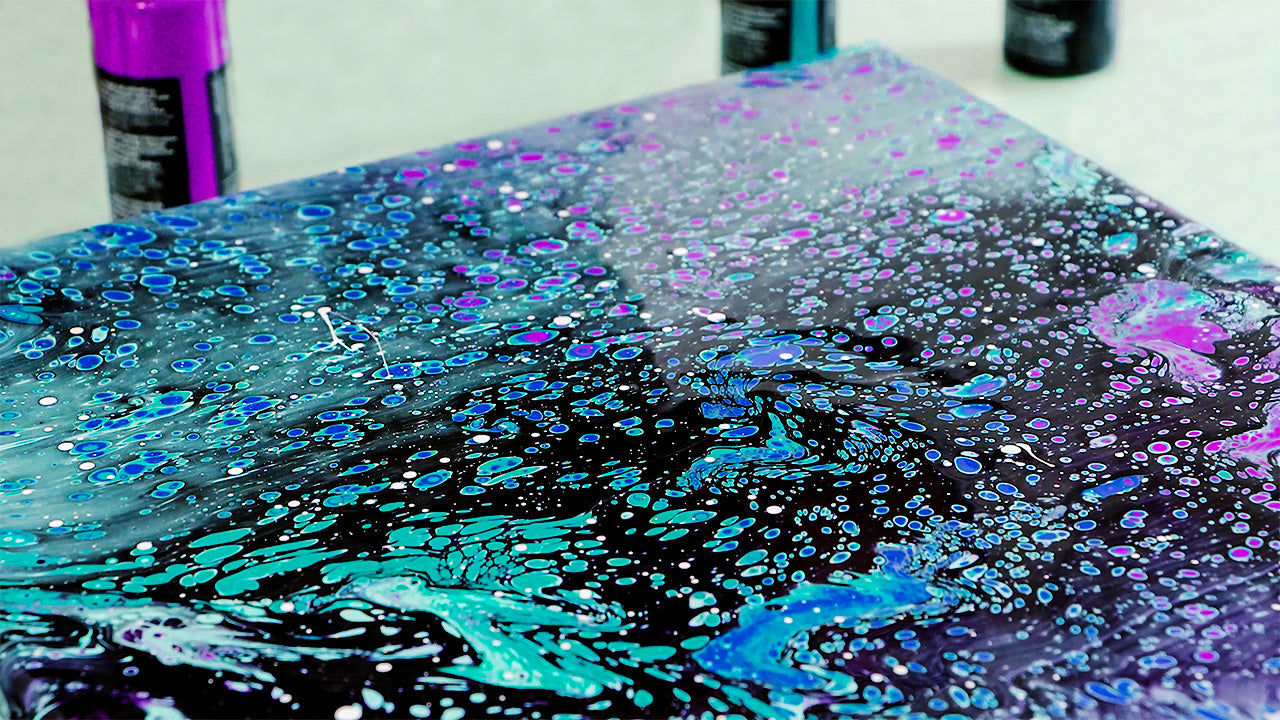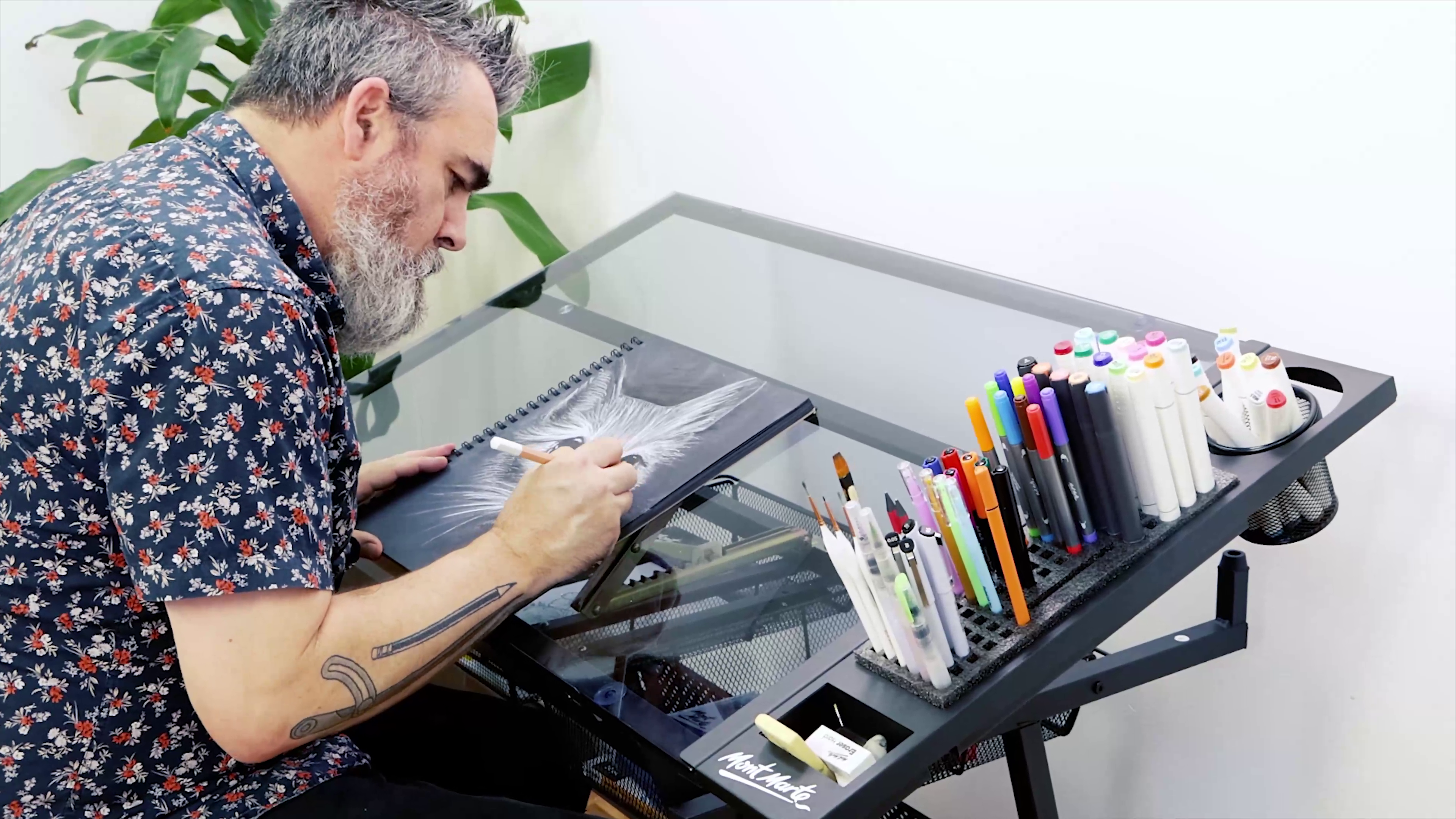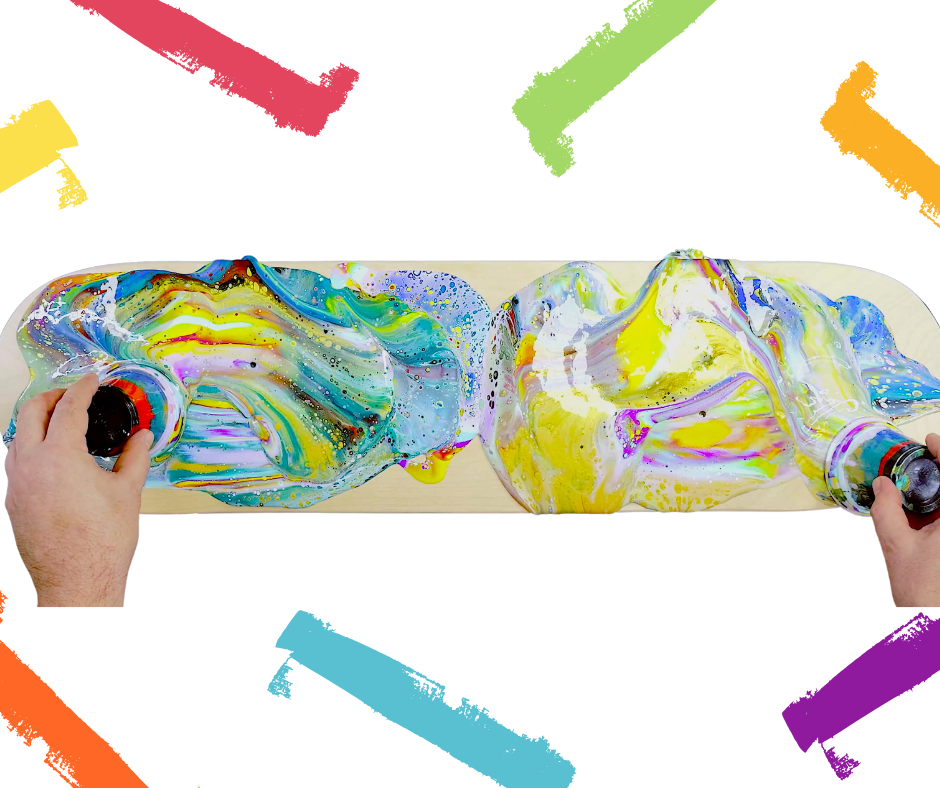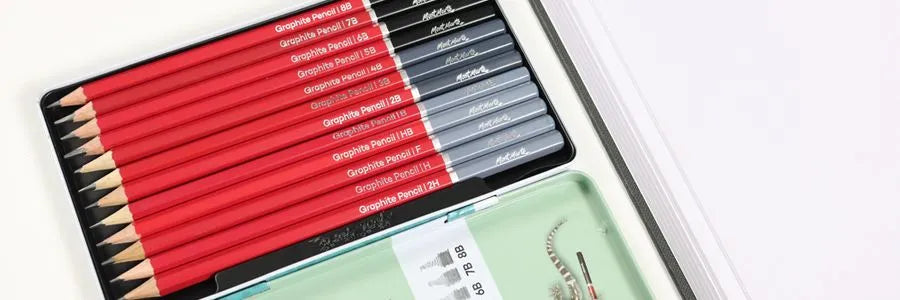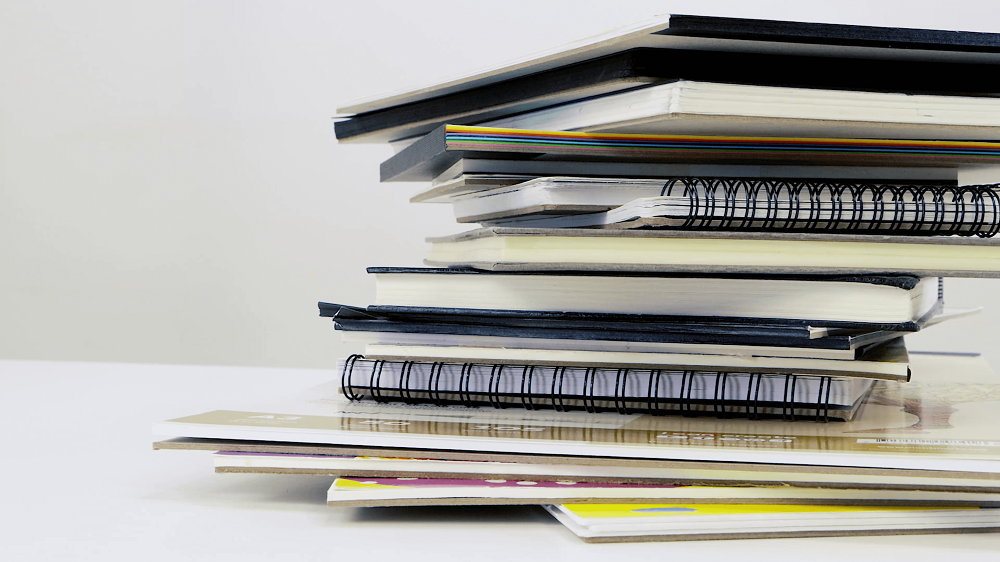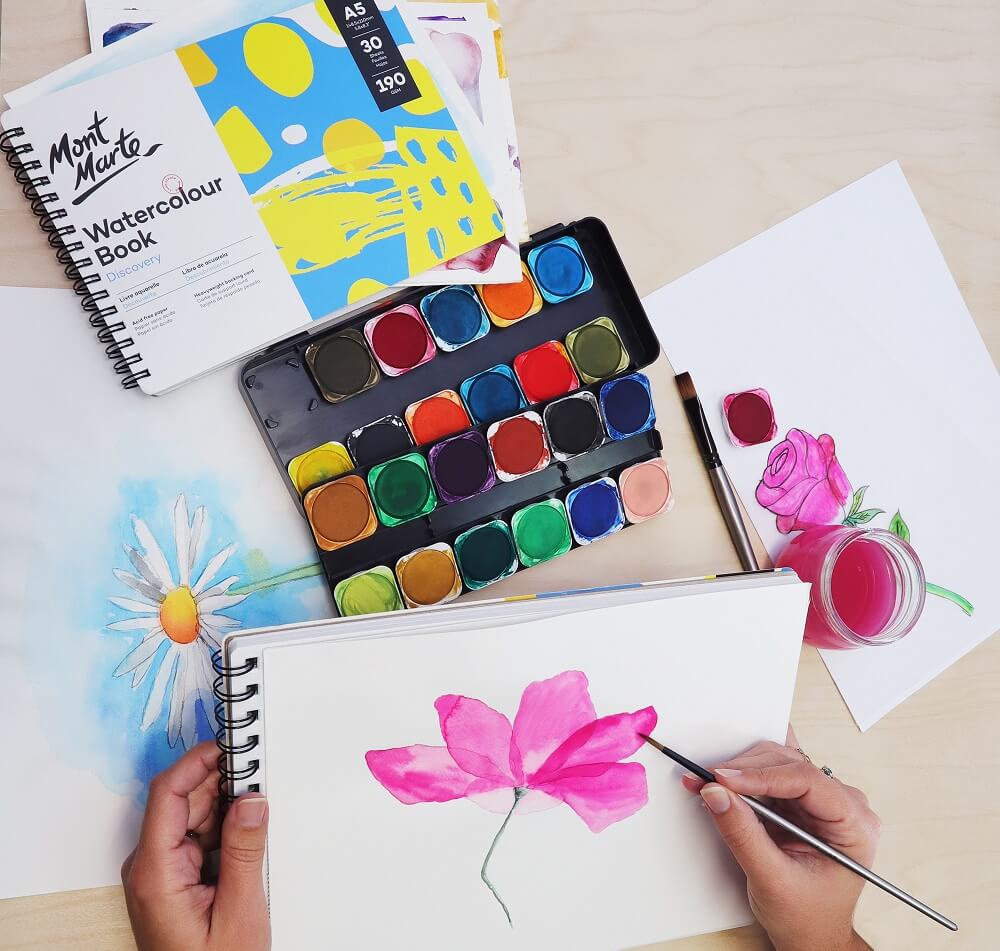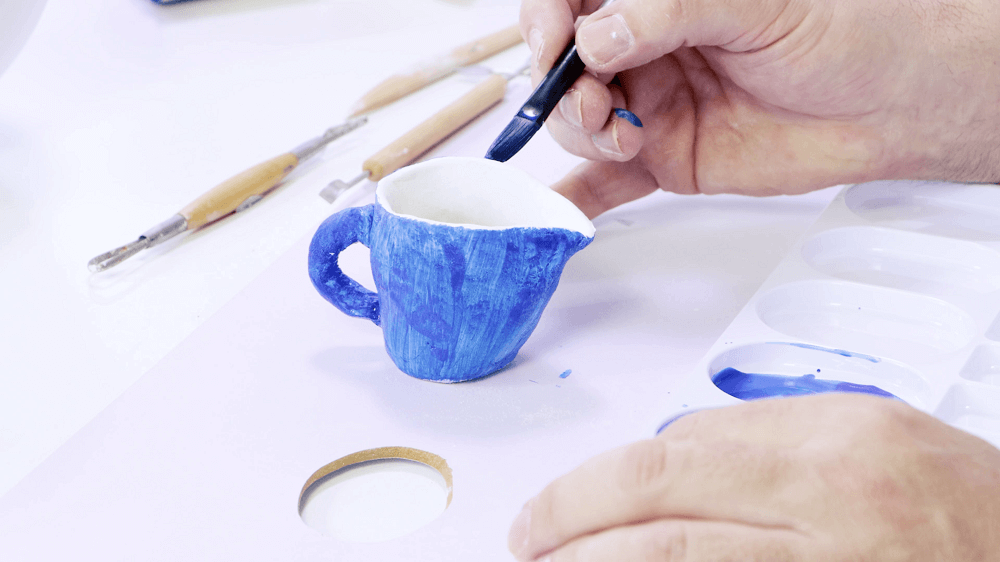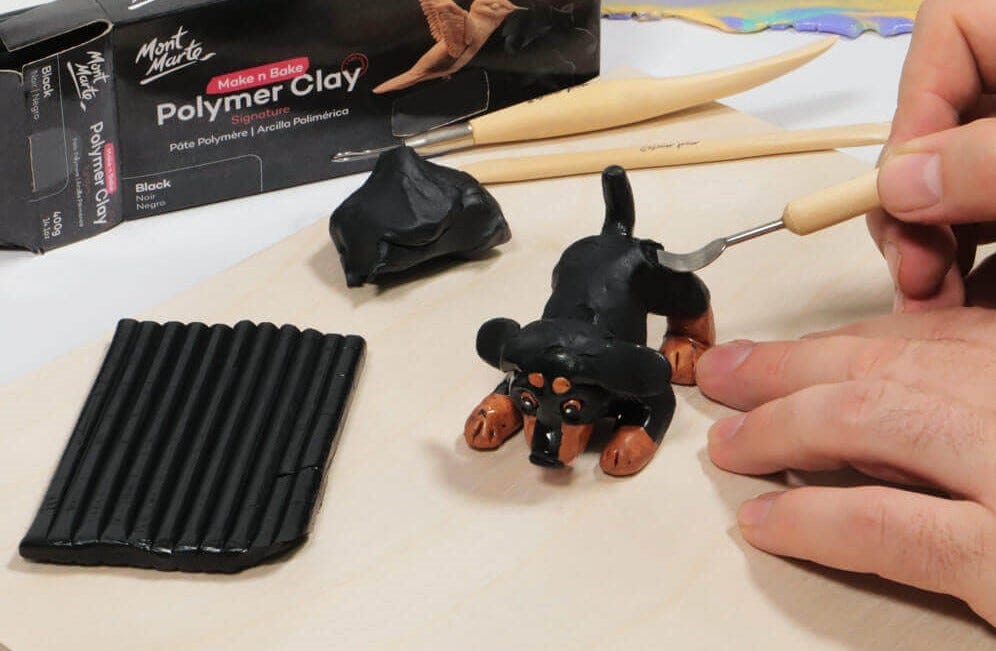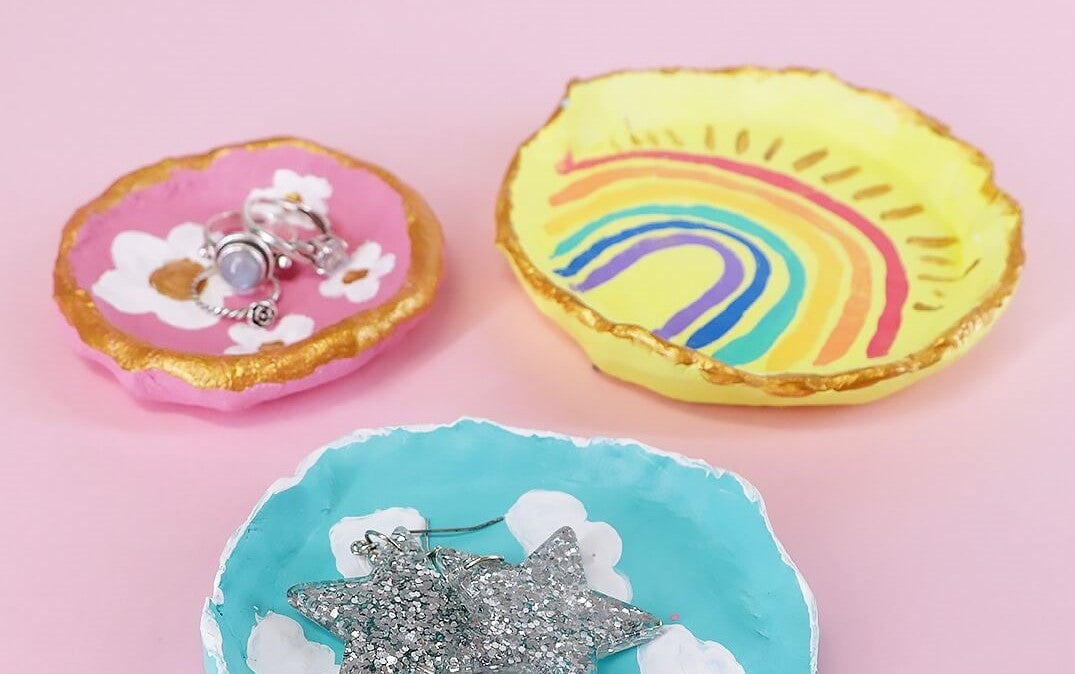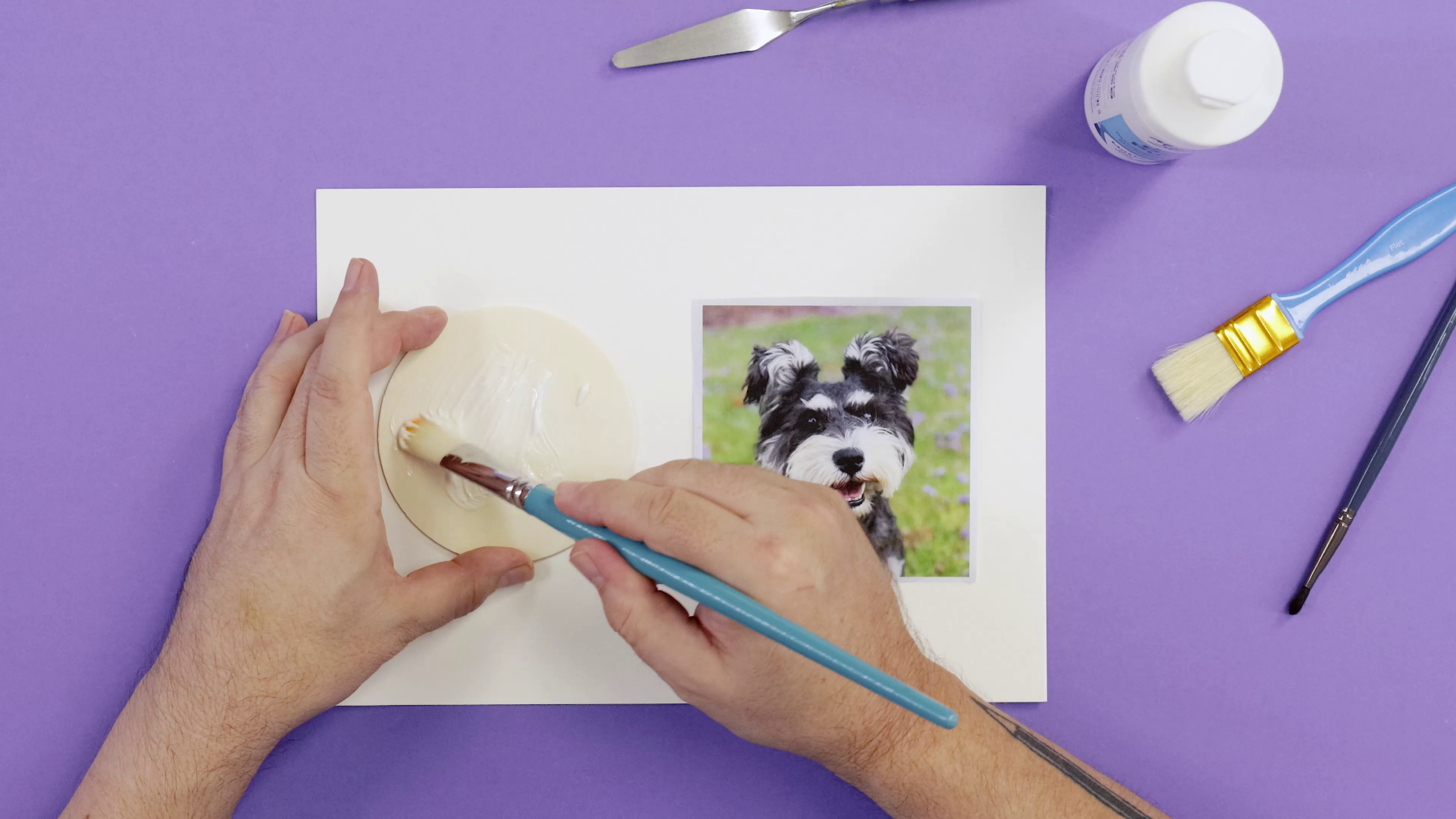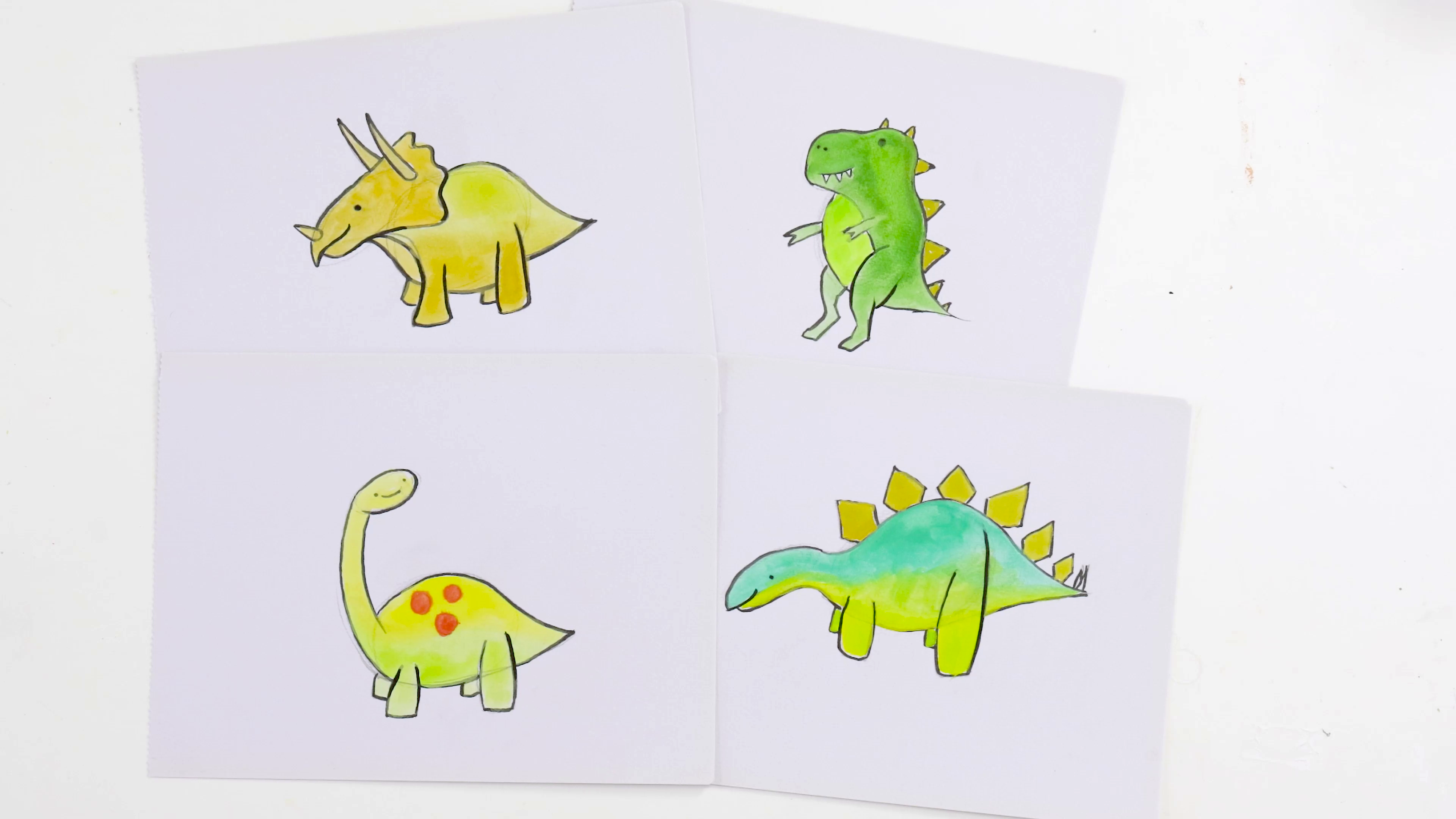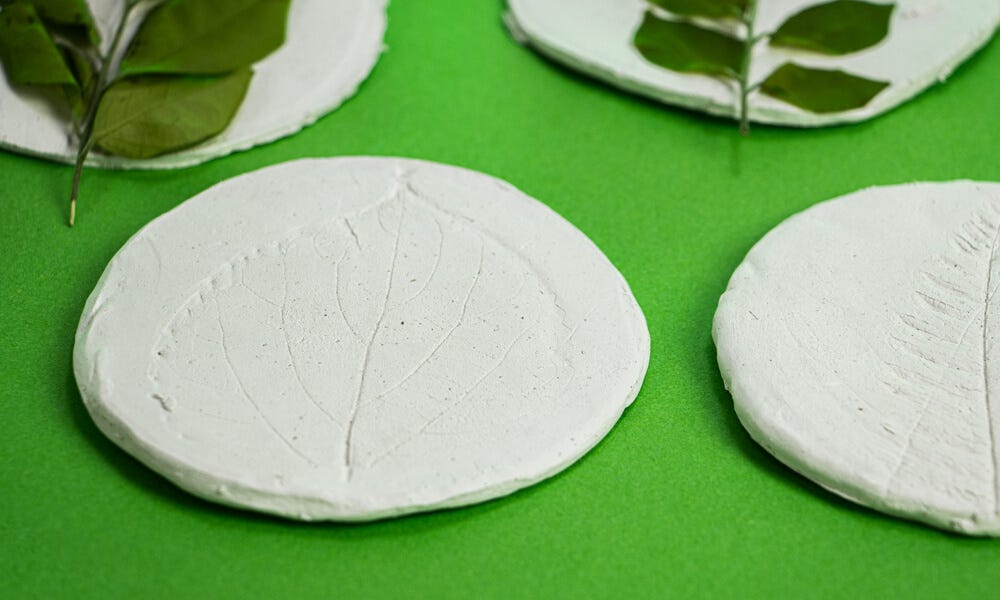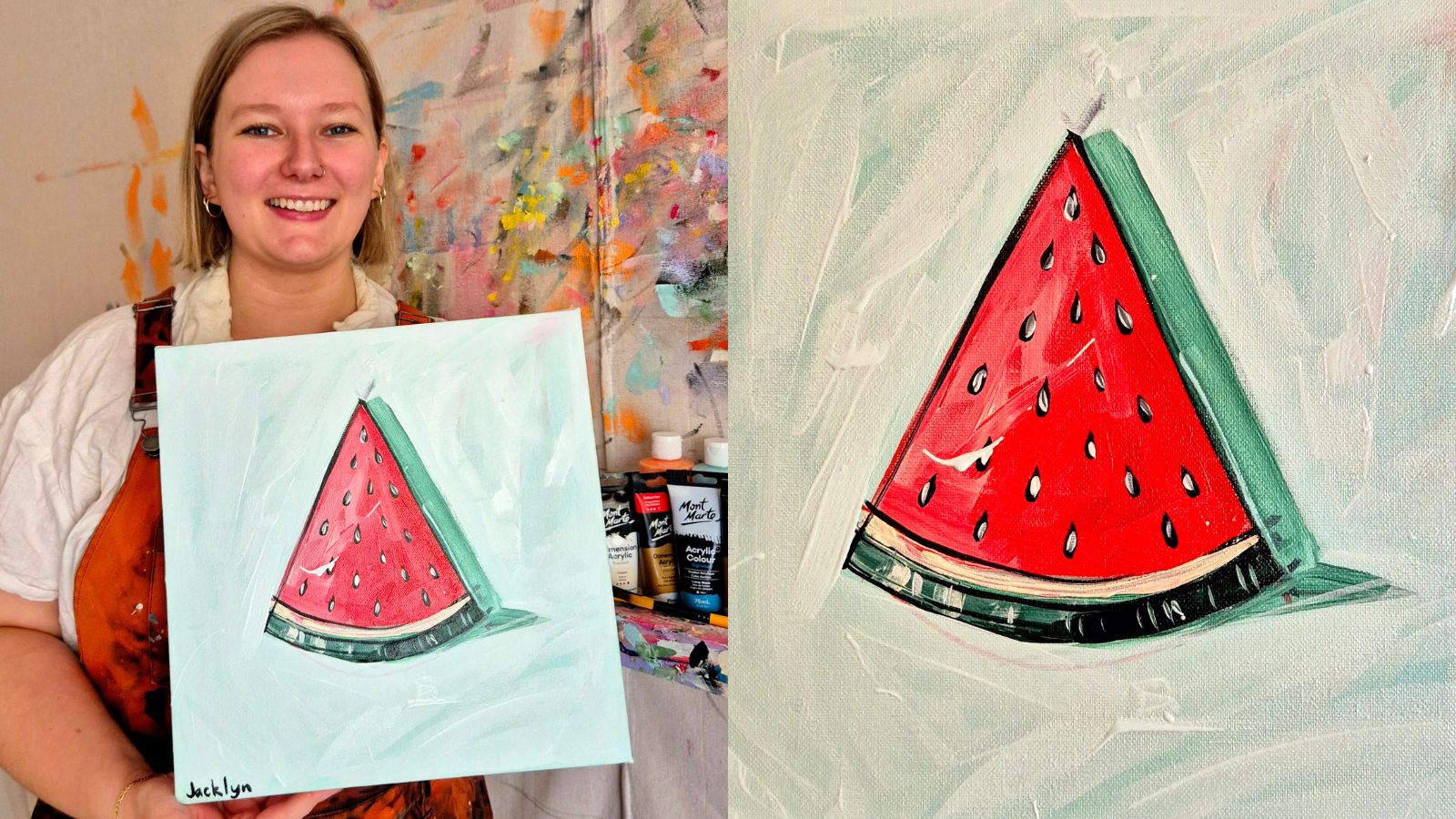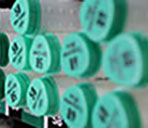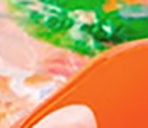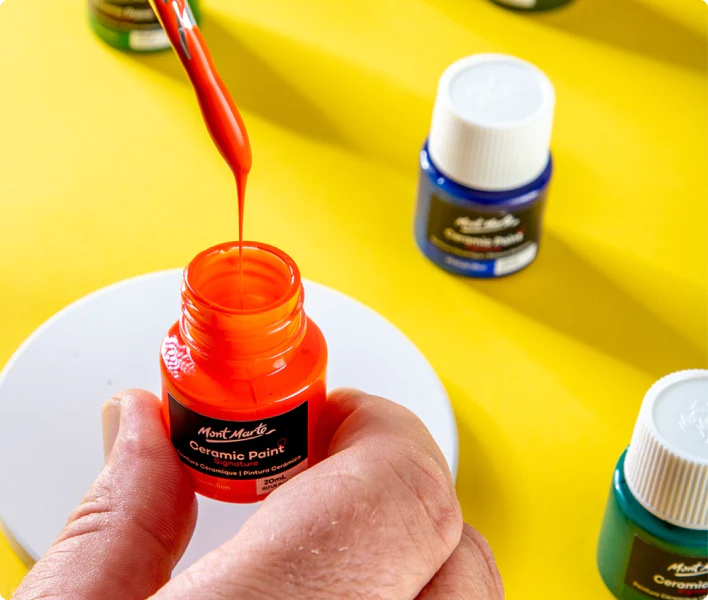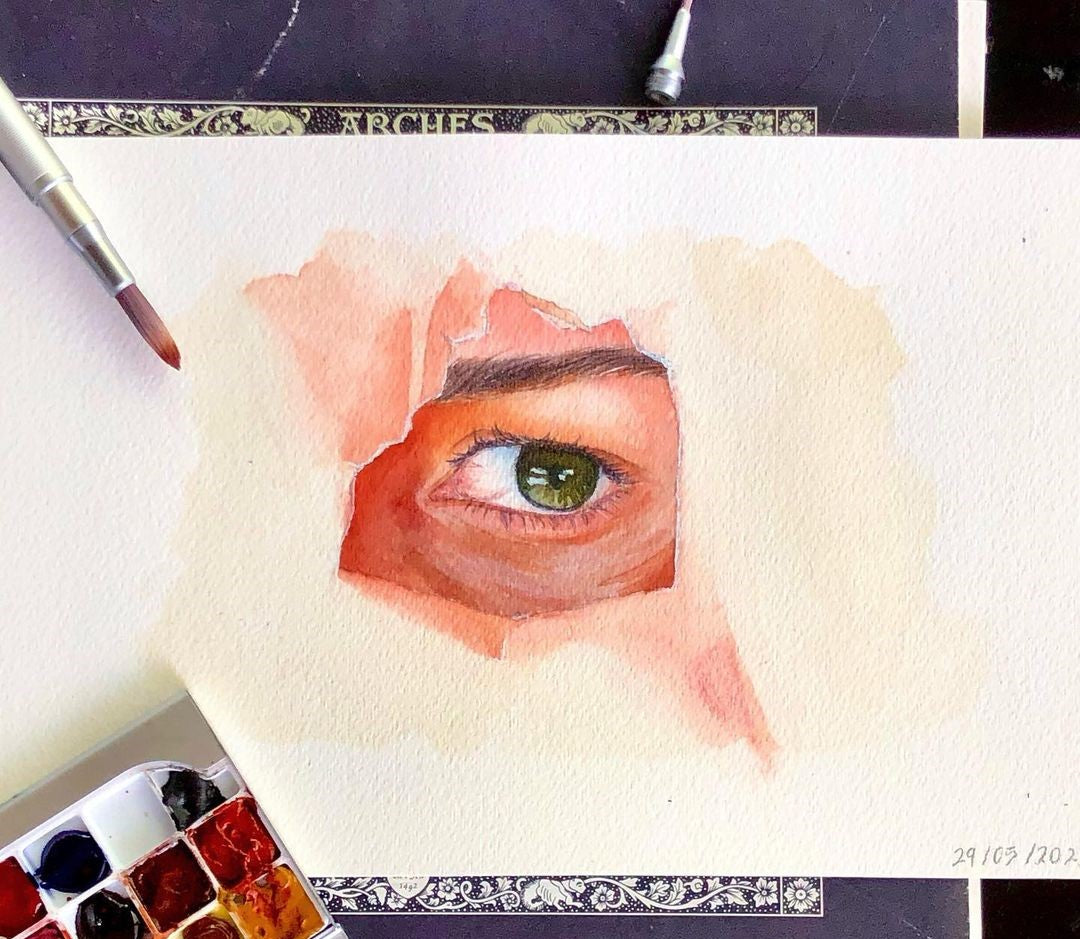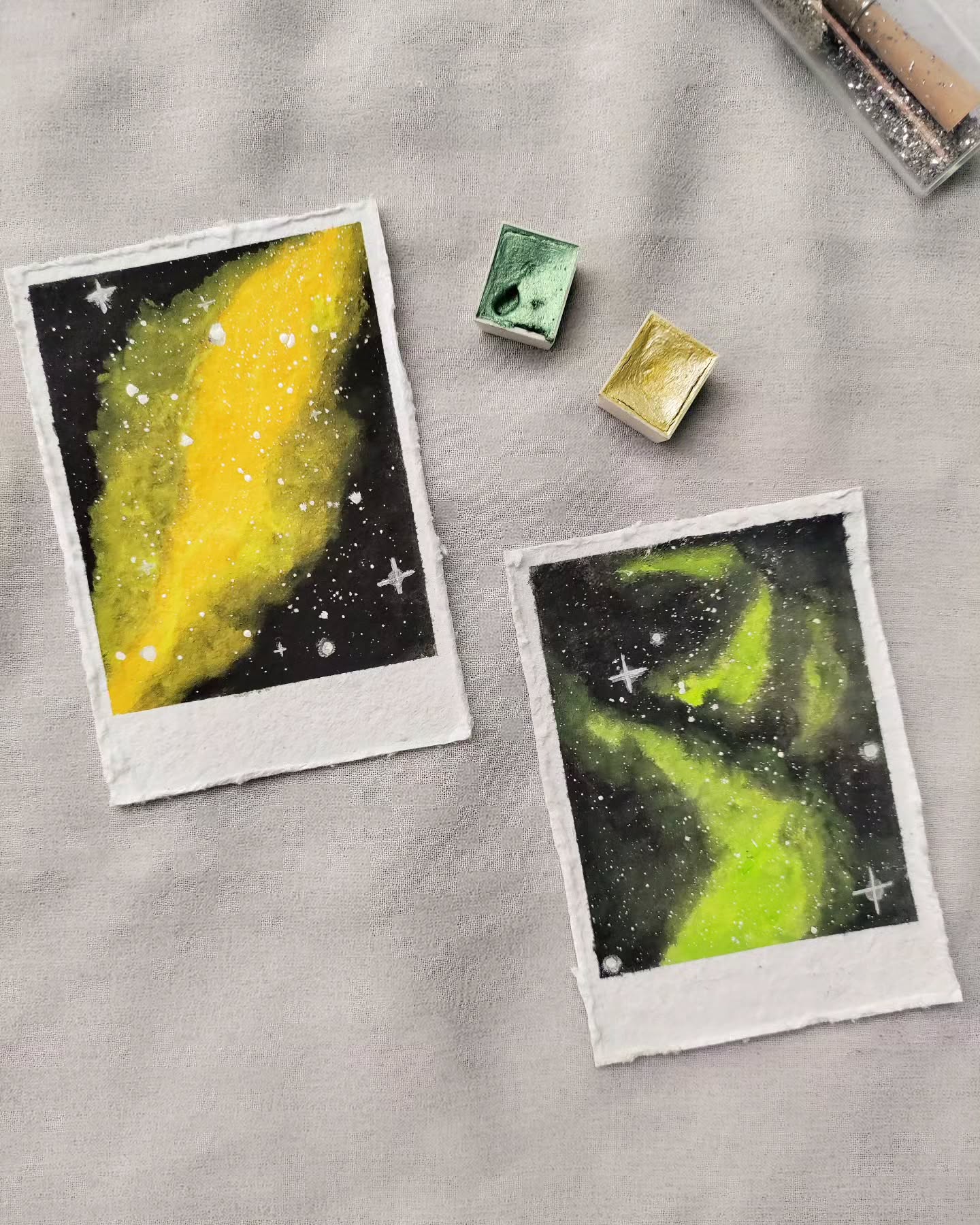Eye art projects can be either a challenging or exciting experience – it just depends how you look at it! Every creative has a different approach and it’s motivating to see all the amazing creations out there. We’ve pulled together a bunch of amazing artworks to inspire you next time you’re tackling eyes because there’s no one right way to do it! So, whether you’re still learning how to draw eyes or you’re an expert, feast your eyes and get motivated to create.
1. Illusion

An eye can be a great subject to make illusions with. This artwork has ripped texture on the page to make it seem as though the eye is peeping through the paper. It’s a great opportunity to practice adding depth and playing with light to create deceptive realism! Grab some watercolours to experiment for yourself at home.
2. Popular motifs

Why not take inspiration from a popular motif and put your own spin on it? This artist has captured a renowned symbol of an eye in a rose, popularised in tattoo culture, and brought vibrant colour and life to it. From the sharp contrast between the petals and the eyeball to the gold outline on the rose, and even the poured background, this piece is a modern, playful spin on a classic. If you want to try something similar, pick up a circular panel or canvas to get the ball rolling. Artist Mimi used one of our pouring paint set to complete the background for this project.
3. Photorealism

Eyes have dimension, reflect light, and are surrounded by fine hairs, making them great subjects for photorealism. By using highlights, shadows, and warping the reflections to curve with the eye, this artist has made the painting appear lifelike. Even the highly blended painted fur to the left and right of the eye resembles unfocused areas of a picture, with crisply painted details in the area of focus. These techniques take lots of practice and are totally mesmerising!
4. Monochromatic

A green eye can have many meanings, which is why isolating your palette to one colour can be a cool thing to try! By using various shades and opacities of one colour, shadows, highlights, and mid-tones can be created to bring depth to your painting. The freeform colouring and splatter effect used in this artwork of an eye brings the illusion of tears or liquid without clarity, letting the viewer make up their own mind. Gouache can be used to achieve these effects by simply adding water to dilute!
5. Pouring

Pour paintings can create captivating backgrounds for an eye art project. The irises of these circular artworks are made from fluid art, with details added such as the highlights, fine lines, shadows, and pupils on top of the dried pouring. Adding a gloss medium or varnish to complete the work makes them appear lifelike and wet. We dive into the whole process in our how-to video so you can create fluid art eye at home!
6. Styling

Take inspiration from popular art styles such as surrealism to add a psychedelic spin to your artwork. This eye creation is based in realism with flowers and plants growing from under the eyelids. Think about how you could transform an eye by adding vivid, unreal features to the page!
7. Sketching

This eye drawing shows us that realism can be created with something as simple as a pencil. Sketching eyes is a great way to get to know all the bits and pieces that go into them, like eyelid folds, limbal rings, undereye creases, and both sets of lashes! We’ve got a handy video to help you understand how to have a go at this eye drawing idea. Why not pick up some sketching supplies and try out the techniques at home?
8. Expressions

Capturing a subject’s feelings by focusing on one part of their face is an awesome way to become familiar with micro-expressions. This gouache painting of an eye really shows the emotions behind the picture, with the eye rolling upwards and the heavy shadowing around the undereye. What details would you add to your gouache eye creation to show a feeling?
9. Get inspired!

Sometimes a good place to start creating is to look at other artworks and feel inspired. This eye is housing a reimagined version of The Starry Night by Van Gogh in its socket! It’s great to explore the things that inspire you and put your own twist on them to make a new artwork altogether.
10. Framing

Aside from the stunning imagery, this artwork shows us that framing can play a huge role in eye art projects. The gold frame acts as an ornamental limbal ring, making the orange and yellow tones pop in the iris. It’s a good idea to decide if you want to frame your artwork beforehand, and if so, how it can be used to complement the piece.
11. Ceramics

Objects such as plates, bowls, and other china can make great surfaces for eye art projects. Because they are circular, they naturally frame the eye’s shape, drawing attention to the details in the centre. So have a go at levelling up some of your ceramics, taking them from the cupboard to display! You may want to grab some ceramic paints for easy application.
12. No pupils

Expressions, emotions, and anatomy all effect how you choose to go about your eye sketch. This watery, earthy piece features an eye rolling back to expose the whites, which creates a moodier and more macabre vibe. Remember that you have creative licence to paint an eye however you want, removing the iris, pupils, and more to build the emotion for your piece. The colours you choose will also work to set the scene and change the feeling of your artwork.
Has this gallery of cool eye artwork has inspired you to create your own ocular masterpiece? Have a go at experimenting with some of the techniques, mediums, and subject matter used by these amazing artists. You might just find a new hobby along the way!
If you feel inspired to have a go for yourself, #montmarteart or tag us @montmarteart on Instagram or Facebook. We’d love to see what you create. 😊
Looking for supplies? Our sketching sets, gouache paints, and ceramic paints will kick-start your creative exploration. We also have more ideas to try across our inspiration blogs, and some tutorials in our projects & how-to collection.


